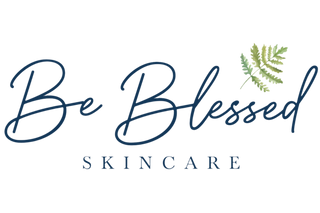Peels have come a long way from the days when you had to hide out indoors for a week post-treatment because it looked like you had your face burned off. Cosmetic chemists have learned over the years to adjust the ph and the acid strength of the treatments to get just as good of results without scaring small children. Spring and Fall are often referred to as Peel Season- its the best times of year to give your skin a refresh after a long winter or after the sunny days of summer. So what does a chemical peel do exactly?
A peel is a resurfacing and refinishing treatment using different acids to exfoliate the outer layer of skin. But they don't stop at exfoliation. Peels stimulate the rate of skin turnover in a controlled manner to reduce superficial imperfections while simultaneously building healthier skin structure. See, in healthy skin, cells turn over approximately every 28 days. But as we age, this process slows down, probably decreasing at an estimated rate of about 10 days per decade. The slower the turn over process, the duller the skin appears and the more imperfections start to pop up, like fine lines, wrinkles, acne, and sun spots. This is where peeling comes in, especially when administered in a series. Peels create a controlled wound response to stimulate the growth of new cells resulting in a healthier appearance.
There are many peeling options available for different skin types and conditions. My personal favorites in the treatment room are AHAs (alpha hydroxy acids), BHAs (beta hydroxy acids), and TCA (trichlorocetic acid) peels.
AHAs exfoliate by breaking apart bonds that anchor skin cells to each other. Think of cement building up in between cells. AHAs clear all of that out resulting in brighter and smoother skin. There are 8 AHAs used in skincare:
- glycolic, derived from sugar cane
- lactic, derived from milk
- malic, derived from apples
- tartaric, derived from grapes
- mandelic, derived from bitter almonds
- citric, derived from fruit
- azelaic, derived from grains
- kojic, derived from mushrooms
Salicylic Acid is a beta hydroxy acid that is widely used for acne because it is lipid soluble (attracted to oil) and is anti-inflammatory. One thing to note about this ingredient--it is not recommended to use while pregnant or breast feeding or if you are allergic to aspirin.
TCA is a synthetic acid that work wonders on hyperpigmentation and scarring as it is more of a medium-depth peel. I use this type of peel mixed with Mandelic acid, Azelaic acid, and Kojic acid when treating acne patients to clear existing breakouts and lighten scarring.
Peels range in strength for different skin types and tolerance. A professional series of 4-6 peels once a week is ideal to correct issues on the skin. And there are even peeling options to use at home. Yes, mild peeling can be achieved without the supervison of your favorite esthetician with the use of milder fruit acids and enzymes. Enzymes digest and dissolve surface dead skin cells. Think of Ms. Pacman chomping away at those little dots- thats what enzymes are doing to dead skin cell build up on the surface. Brightening Peel Pads are great at-home peel option with Lactic Acid, Mandelic Acid, Niacinamide, and Aplha Arbutin to brighten and exfoliate and Enzyme Melting Peel gives you the satisfying feeling of dead skin cells melting away.

